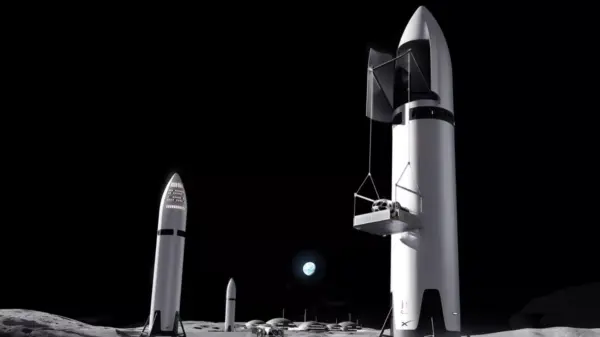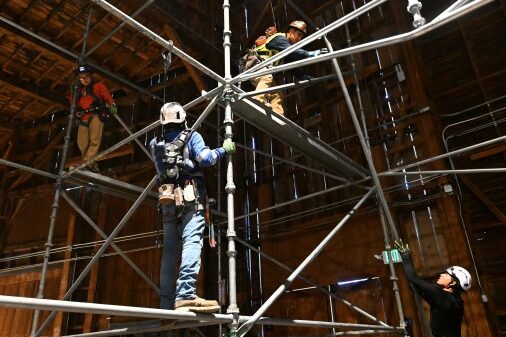Recent observations from the James Webb Space Telescope (JWST) have unveiled significant transformations in Comet 3I/ATLAS, indicating that the comet has been profoundly affected by billions of years of cosmic ray exposure. This research suggests that the comet’s surface has developed a deep irradiated crust, altering its original composition and appearance from the material that formed in its native star system.
The study, which has not yet undergone peer review, highlights findings shared on the preprint server arXiv on October 31, 2023. Researchers employed JWST observations alongside computer simulations to conclude that the comet’s unusually high levels of carbon dioxide (CO2) enrichment stem from extensive radiation exposure during its estimated 7 billion-year journey through the Milky Way galaxy.
Impact of Cosmic Rays on Comet Structure
Galactic cosmic rays, comprised of high-energy particles from beyond the solar system, bombard the comet’s surface and interact with carbon monoxide (CO), converting it into carbon dioxide. Unlike Earth, which is shielded from much of this radiation by the heliosphere—a protective bubble created by solar emissions—Comet 3I/ATLAS, having spent most of its existence in interstellar space, has no such defenses.
The research indicates that over billions of years, these cosmic rays have significantly transformed the physical structure of the comet’s icy exterior to a depth of approximately 15 to 20 meters (50 to 65 feet). As Romain Maggiolo, lead author and research scientist at the Royal Belgian Institute for Space Aeronomy, stated, “It’s very slow, but over billions of years, it’s a very strong effect.” These findings mark a notable shift in the understanding of interstellar objects, suggesting that such comets are not made up of pristine material, but rather of material processed by cosmic radiation.
Observations and Future Implications
Comet 3I/ATLAS is currently on its trajectory around the sun, having reached perihelion, its closest point to the sun, on October 29, 2023. As the comet approaches the sun, heat causes the frozen gases on its surface to sublimate into vapor. The recent findings indicate that any gases released prior to perihelion originated from the irradiated outer layer, and this trend is anticipated to continue after perihelion.
Maggiolo noted that while it is unlikely, solar erosion might expose more pristine materials that are locked within the comet’s nucleus. “It will be very interesting to compare observations before perihelion with those made after, when some erosion occurs,” he remarked. This comparative analysis could provide insights into the original composition of the comet.
Since its discovery in July 2023, Comet 3I/ATLAS has been under scrutiny by astronomers using various telescopes. It travels through our solar system at speeds exceeding 130,000 mph (approximately 210,000 km/h) along a notably flat and direct path. Some studies suggest that this comet may be the oldest ever observed, potentially around 3 billion years older than our own solar system, which formed approximately 4.6 billion years ago.
The current research builds on earlier findings that established the high CO2 content in Comet 3I/ATLAS, derived from JWST’s initial images in August and data from NASA’s SPHEREx orbiter. The research team adapted their models from earlier studies focusing on a domestic comet, Comet 67P, to analyze the effects of cosmic ray exposure on 3I/ATLAS.
While the team based their models on laboratory simulations of galactic cosmic ray exposure, they acknowledge that these might not fully replicate interstellar conditions. Nevertheless, the results provide a valuable perspective on the aging processes that comets endure during their long voyages through space. “We have to be careful and take into account aging processes, so it’s more work for scientists, but [3I/ATLAS] remains very interesting,” Maggiolo concluded.
As researchers continue to study Comet 3I/ATLAS, the implications of these findings may reshape our understanding of cometary materials and the effects of cosmic radiation on celestial bodies.






































































